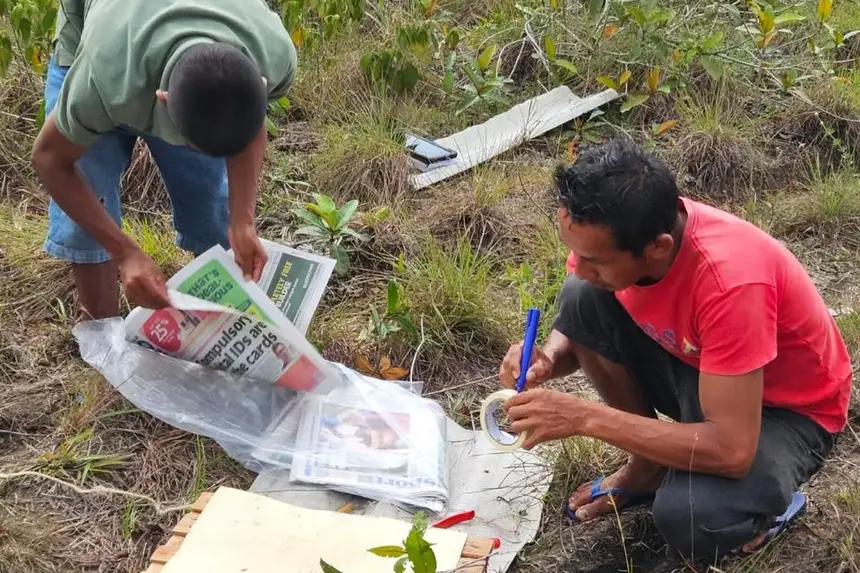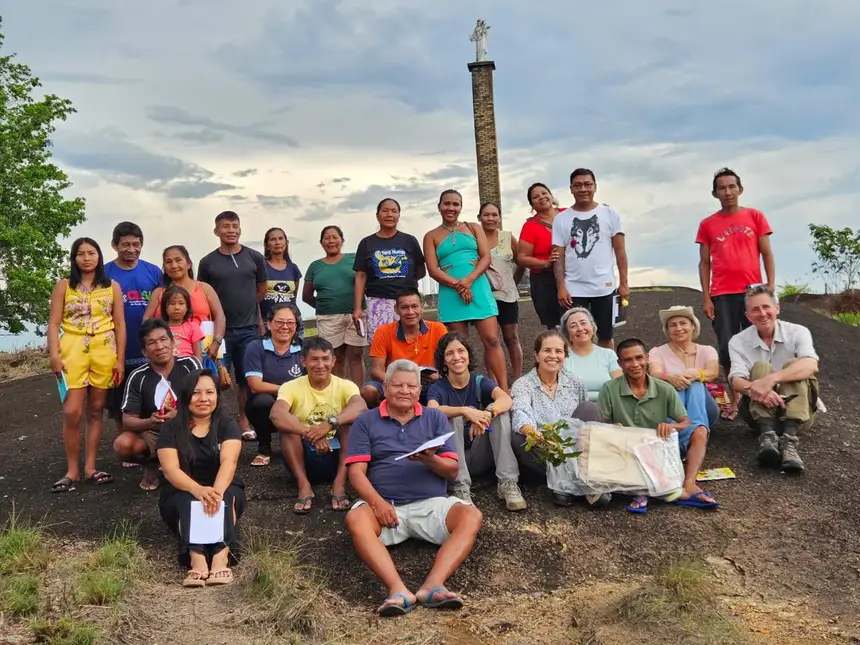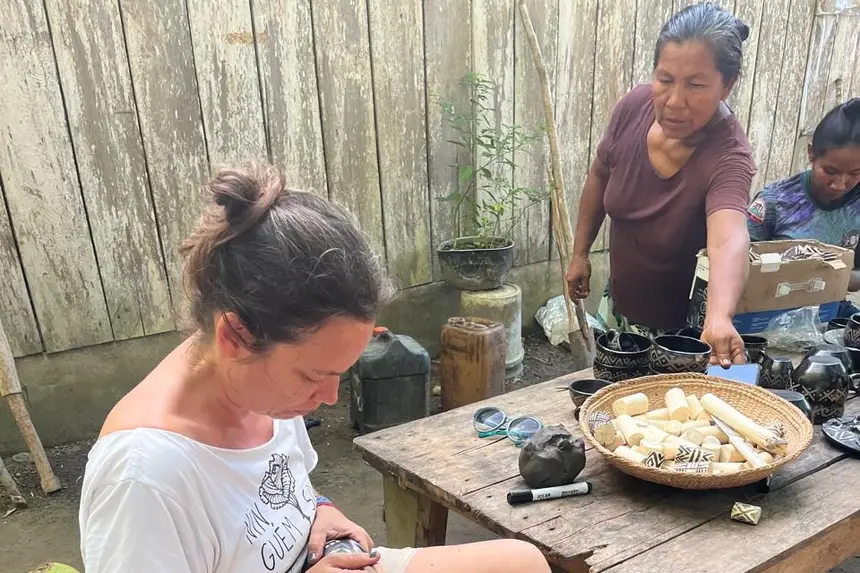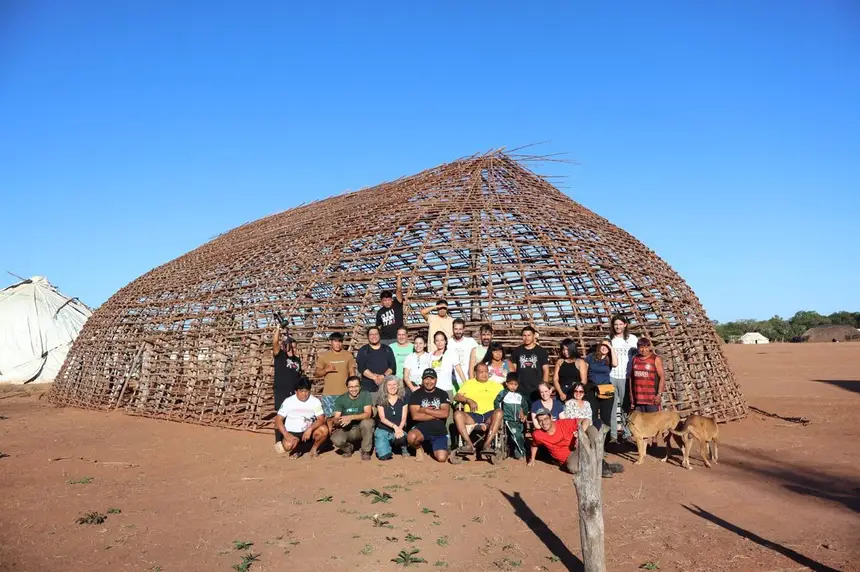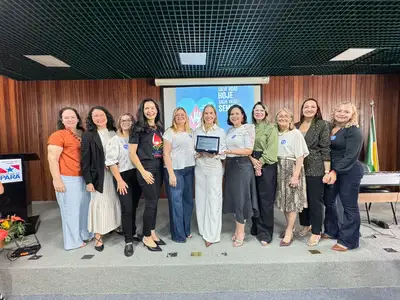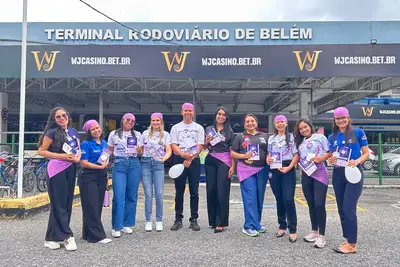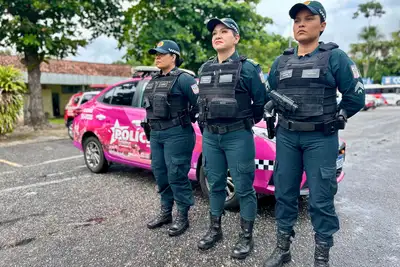Fapespa-funded project maps the biodiversity of indigenous territories
'Voices of Indigenous Amazonia' researches socio-environmental wealth based on the ancestral knowledge of forest peoples
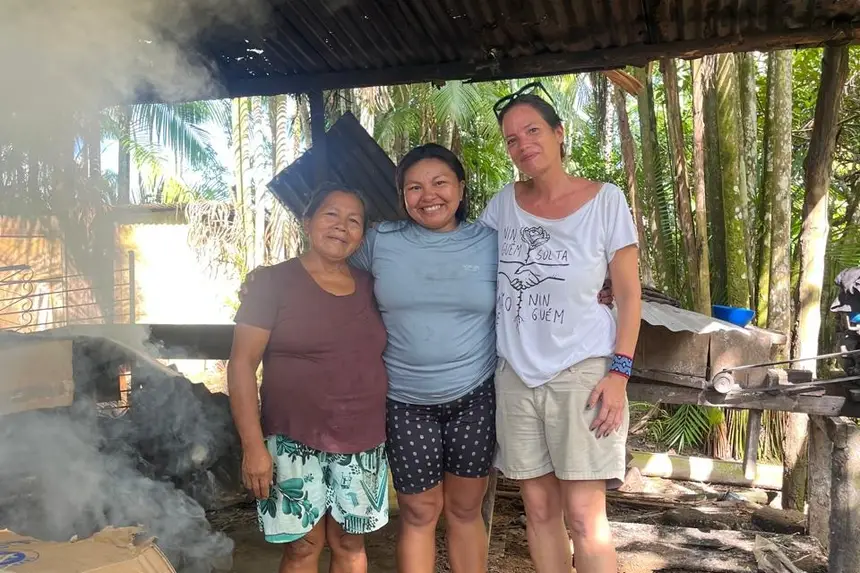
Supported by the Amazon Foundation for Support of Studies and Research (Fapespa), the project "Voices of Indigenous Amazonia: historical processes of sociobiodiversity in the face of the challenges of the Anthropocenter" was contemplated by the expedition call of the Amazon +10 initiative, and brings together researchers for an unprecedented study on Amazonian biodiversity and its interactions with indigenous peoples over time.
The study has the partnership of indigenous peoples from three regions of high socio-environmental relevance: the Upper Rio Negro, in the State of Amazonas; the Alto Xingu Indigenous Land, in the State of Mato Grosso; and the Kayapó Indigenous Land, in the State of Pará.
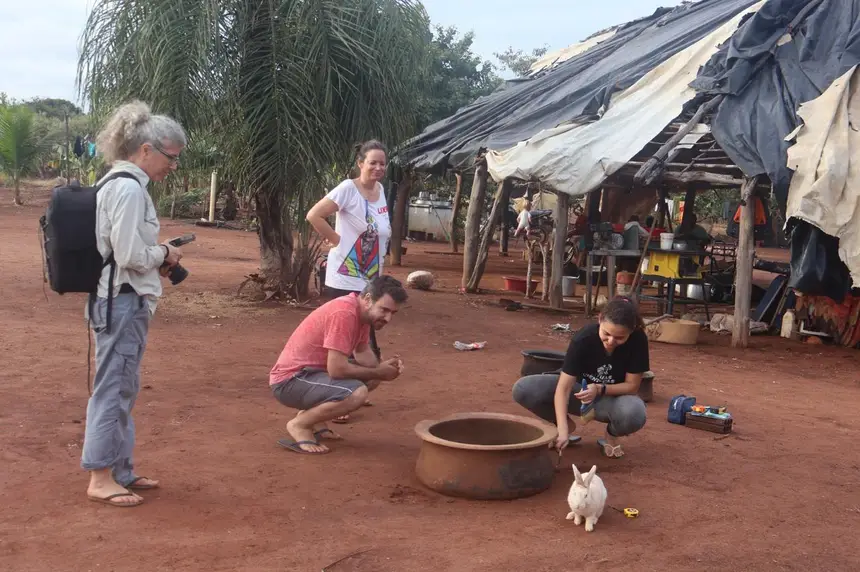
The research integrates human and biological sciences with traditional knowledge, enhancing the efficiency of knowledge production about the Amazon. The coordinator of the research in Pará, Dr. Helena Pinto Lima, is an archaeologist at the Emilio Goeldi Museum (MPEG), and has partnerships with CNPq and FAPs.
The team of responsible researchers includes: Filippo Stampanoni Basi, from the Museum of the Amazon (MUSA); Jennifer Watling, from the University of São Paulo (USP); Bruna Franchetto from the National Museum/Federal University of Rio de Janeiro (MN/UFRJ); Thiago Chacón, from the University of Brasília (UnB); and Manuel Arroyo-Kalin, from University College London (UCL).
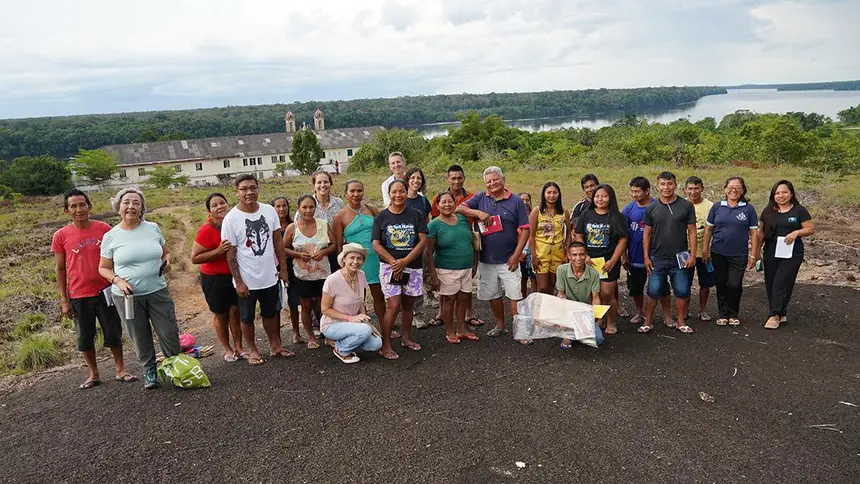
In Belém, during COP 30 (30th World Conference on Climate Change), an event that concluded on the 22nd of this month, researcher Helena Lima participated in the panel Initiative "Amazonia +10: three years strengthening Science and Innovation in the Amazon", at the Amazon Station Always space, at the Emilio Goeldi Museum.
Also participating in the panel were the president of Fapespa, Marcel Botelho, and Ellen Acioli, representative of the Inter-American Development Bank (IDB Group). The conversation covered data and results from the calls of the Amazonia +10 program in three years of the initiative's operation, which promotes science, technology, and innovation in the Amazon region.
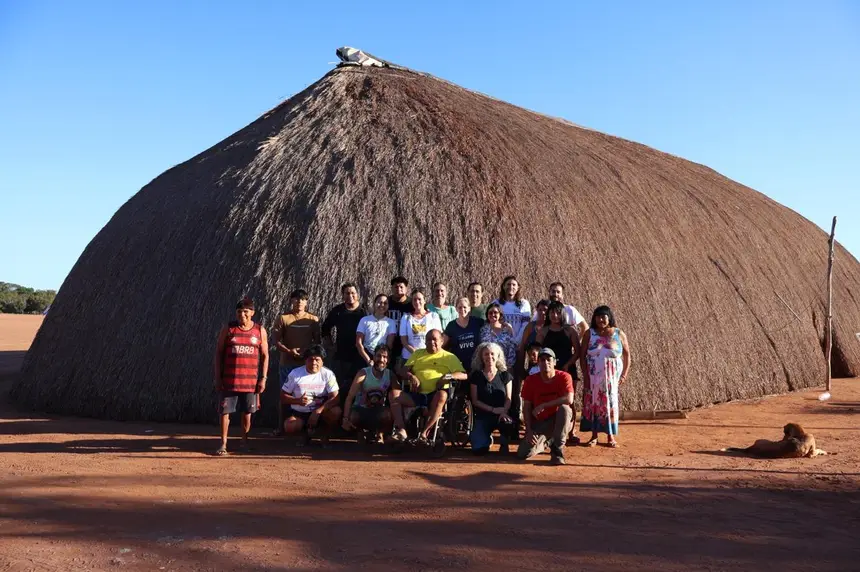
"We believe that the greatest experts on these territories are the peoples and communities themselves. Bringing a bridge of dialogue between the scientific knowledge produced in academia, the knowledge of human sciences, the knowledge of natural sciences alongside indigenous sciences. So, we believe that we can create solutions for the challenges that each of these territories and the Amazon as a whole face," details the archaeologist.
She emphasized that these territories stand out for their biological diversity and complex ethnic, historical, and cultural configurations. Each region harbors specific ethnobiological knowledge, accumulated by generations of indigenous peoples who have developed their own ways of managing and coexisting with the forest.

The project, which is in its first year of execution, has planned actions: biological inventories in areas little known to science, participatory mapping, using remote sensing, knowledge exchanges with indigenous communities, and records of environmental changes caused by human activities over time. And, in the future, as a result, the collaborative production of ethnographic, linguistic, and sociocultural documentation.
Ancestrality - The initiative seeks to unite science and ancestral knowledge in defense of the Amazon and its peoples, offering new perspectives to face the challenges of the Anthropocene, in a context of socio-environmental crisis and climate change that threaten forests, natural resources, and traditional ways of life.
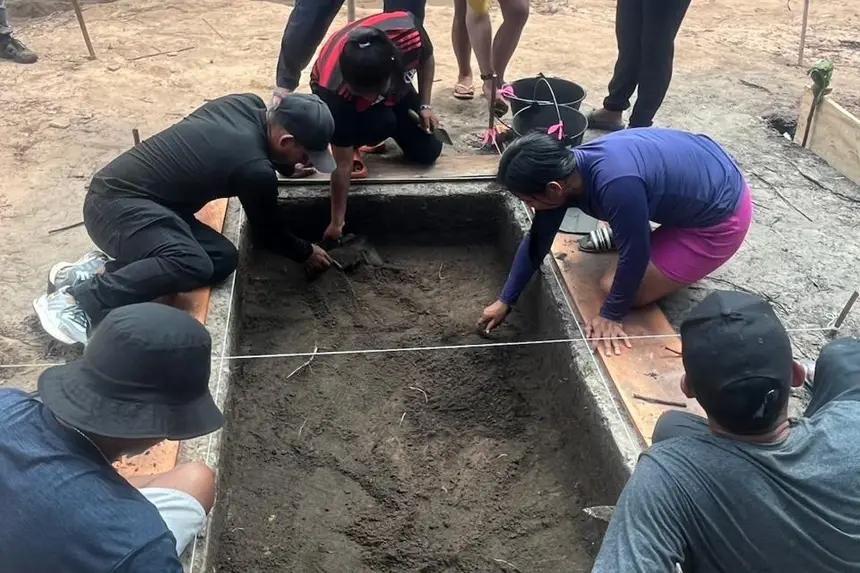
The approach allowed for a large-scale analysis of the biological and cultural diversity of the region, contributing to reduce gaps in scientific knowledge about well-preserved but still little-studied areas of the Legal Amazon. The studies will include descriptions of new species, taxonomic revisions, genetic analyses, and modeling of the distribution and richness of local fauna and flora. "Thus, the production of knowledge and the social impact of the project should increase significantly throughout its development," informs the researcher.
For Helena Lima, "the greatest purpose is to work together in partnership with the communities, with scientists in the field, bringing these dialogues. Among different ways of building knowledge, mapping the challenges for each territory and building together, locally and contextually, solutions for each of these territories. We work from the perspective of biodiversity or sociobiodiversity, that is, the relationship of plants and animals with peoples and communities, from a long-term perspective.".
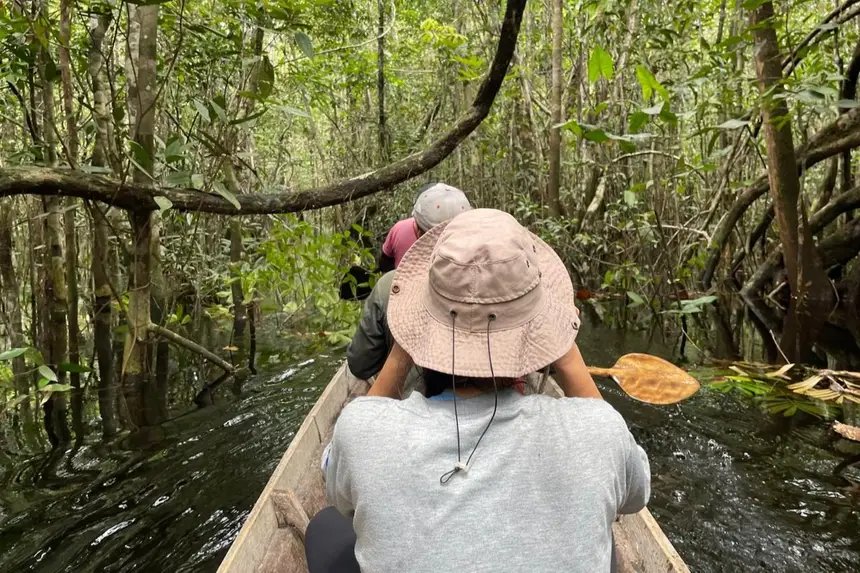
Amazônia +10 Initiative - The Scientific Expeditions Call involved the participation of 19 FAPs, CNPq, and 4 international agencies: the British Council and UK Research and Innovation (UKRI), the Swiss National Science Foundation (SNSF), and the Bavarian University Center for Latin America (Baylat). The proposal mobilized more than 1,400 researchers from 181 science and technology institutions (ICT). In total, there were 24 funding agencies, 22 selected projects, with a value of approximately R$ 76 million, and the total resources made available by the call was approximately R$ 95 million.
"From archaeological research, we are also mapping the temporal depth of this knowledge and these technologies, deeply understanding technologies that are millennia old and that can be solutions for our future here in the Amazon," evaluates the researcher.
*Text by Jeisa Nascimento, intern, under the supervision of journalist Manuela Oliveira


